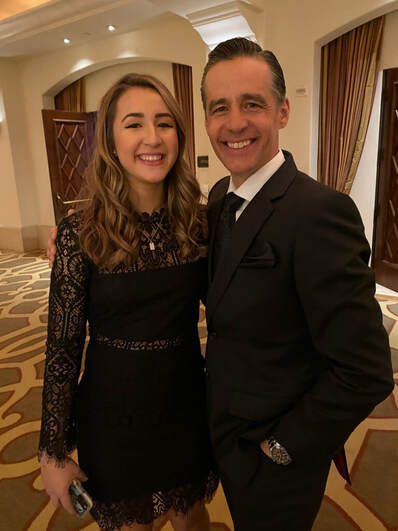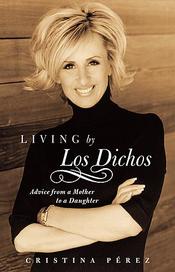 Sofia and Christopher
Sofia and Christopher My husband Christopher is that man to our daughter Sofia. She is a student-athlete that found basketball to be her favorite outlet. She plays competitive AAU basketball. My father, an immigrant to this country, is a now retired successful surgeon, and a strong yet, vulnerable man, who was that man to me when I was growing up, treating me the same as my brother, seeing me as his child above all else, regardless of being “a girl.” If you are a woman also blessed with a father who was man enough to raise a strong woman--a woman who knows who she is, what she stands for, and is unwavering in that knowledge--consider yourself blessed. If you are one of those men-- thank you and God Bless you.
Kobe Bryant, by all accounts, was that man to his daughters (Natalia Diamante Bryant, Gianna Maria-Onore Bryant, Bianka Bella Bryant, and Capri Kobe Bryant). As we all learned this week of his and Gianna's fatal accident aboard a helicopter with a group of others that included, fathers, husbands, mothers, wives, and daughters, make no mistake, as much as this was a “sports tragedy,” it was more a family tragedy, as several families, in one horrific moment, were irrevocably broken forever.
Up until that tragic moment though, in Kobe and Gianna “Gigi” Bryant, there was a beautiful, resilient, father-daughter relationship that can continue to serve as an inspiration for us all, man or woman. I am blessed to see such a relationship play out in front of my eyes every day, a father daughter relationship that I would like to think shares similarities to the one Kobe and Gigi shared.
In the eighth grade, while playing in a basketball game in Oregon, Sofia wasn't hitting any of her shots or hustling, she was just flat on both ends of the court. Christopher, one of her coaches at that time, called her over, told her to stop, breathe, have a sip of water, and then go back and to just “play.” She did just that. She played her heart out and had an incredible game, catching the eyes of others. She later told me, “what dad was trying to tell me was that sometimes I just need to slow down, relax and not let my mind play tricks on me.”
The outward simplicity of that advice is a reflection of the strong bond that Christopher and Sofia share, where in one glance, one firm look, one brutally honest statement--she gets what he is saying.
Sofia also treasures other constant pieces of basketball and life advice from her father, including “The face you put on the court is the face people will judge you for, for the rest of your life,” “Basketball is like life--you can’t be the last one to run back because it gives the impression that you don’t care,” and “When you’re not hitting your shots, there is always somewhere else where you can contribute because you are always counted on and needed.”
I look on with a mother’s pride as my husband and daughter spend time together. They have a beautiful friendship and share so much in common. I must admit at first I was jealous. But I see how spending time with Christopher, learning from her father, cultivates that strong, self-aware, incredibly confident identity in Sofia. Others can see it too.
Every adult that comes into contact with Sofia, comments about how grounded and self-aware she is, and how refreshing it is to see that level of maturity in someone her age of 16. Sofia knows exactly who she is and what she wants. Perhaps the maturity, wisdom, and certainty that people see in her eyes, come from a father who demands the same level of effort and excellence from her, that he demands from himself and others around him.
Kobe’s daughter also knew what she wanted, to play basketball and one day in the WNBA. With a father’s pride, Kobe nurtured her goal and drive to get there, unabashedly. That little girl’s love of basketball seemed to reignite his own passion for the sport that made him a champion. As a result, in this new and ultimately final chapter of his life, he became a champion for strong girls and the strong women they will become.
We so often celebrate mother-daughter relationships and father-son ones. Perhaps the silver lining that came from this terrible tragedy is the reminder to celebrate the unique father-daughter relationships.
If you want us to be strong women who know who we are, and aren’t afraid to stand up for what we believe in, to be leaders in the workforce, and the world-- fathers, please stop what you’re doing and spend time (quality time) with your daughters. The investment you make in your daughter now could be a part of her defining personality and future identity. The strength and mental toughness you instill in her today might end up being the mountain she stands upon to face self-doubt, bullying, or other life challenges she may face in the future. Your unwavering belief in your daughter just might be what gives her the courage to go forward when that seems like the hardest thing in the world to do. And, I speak from experience when I say, she will never ever forget where those things came from!
You may never be a superstar legend in the world’s eyes--but you can be one in your daughter’s eyes.



 RSS Feed
RSS Feed